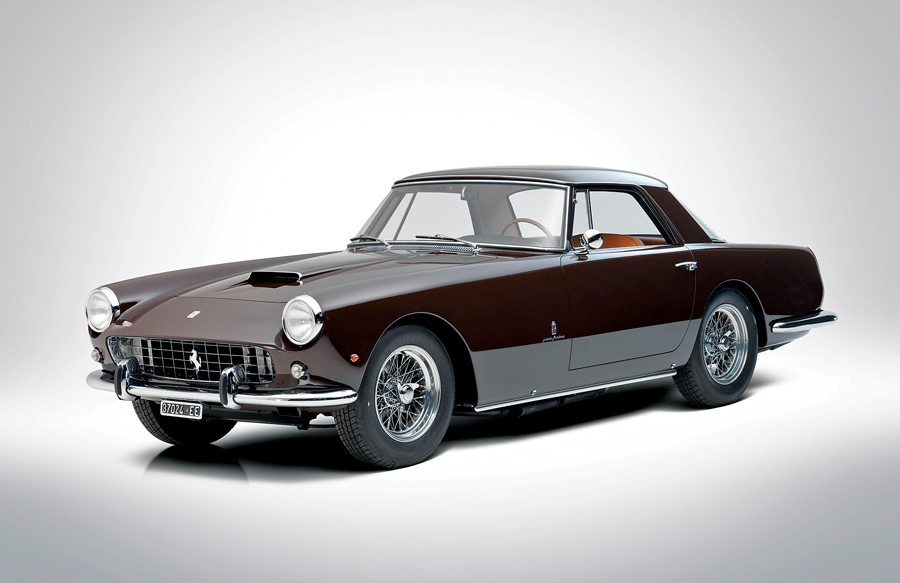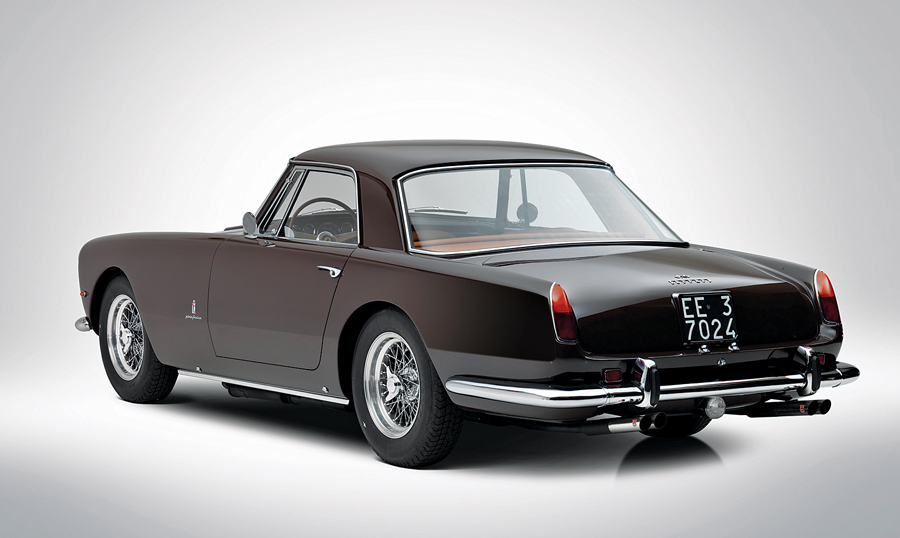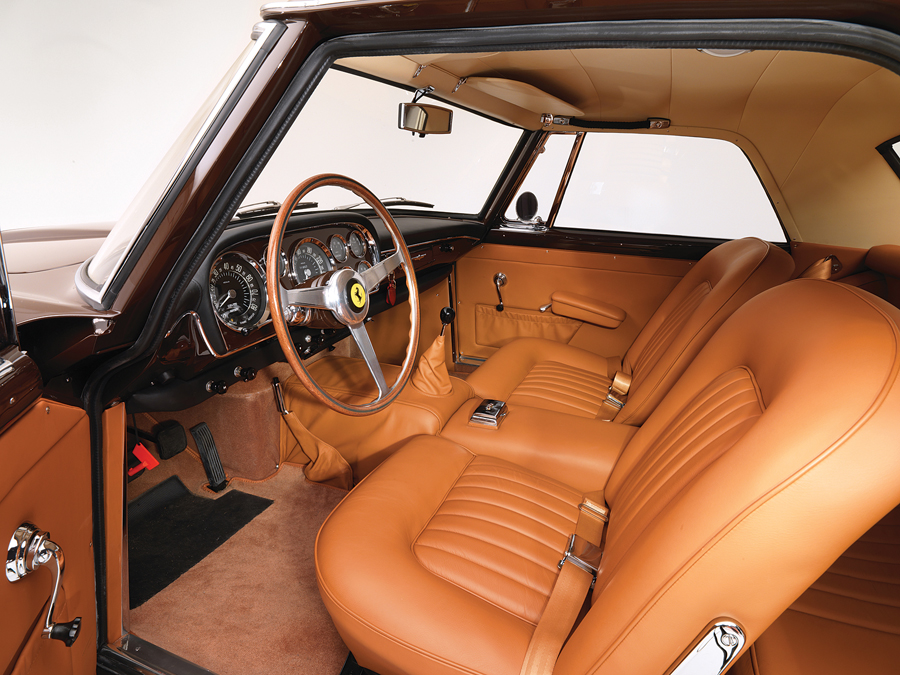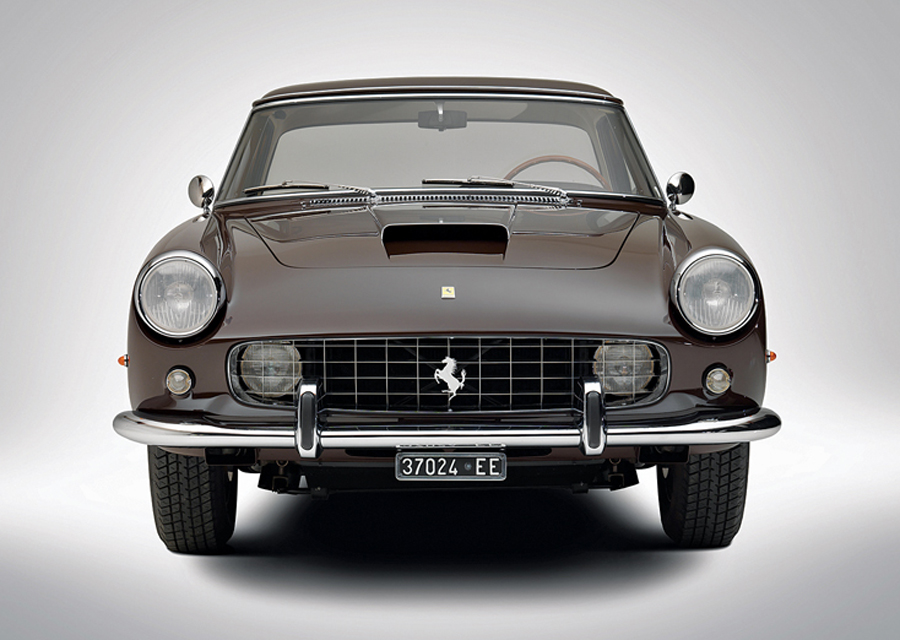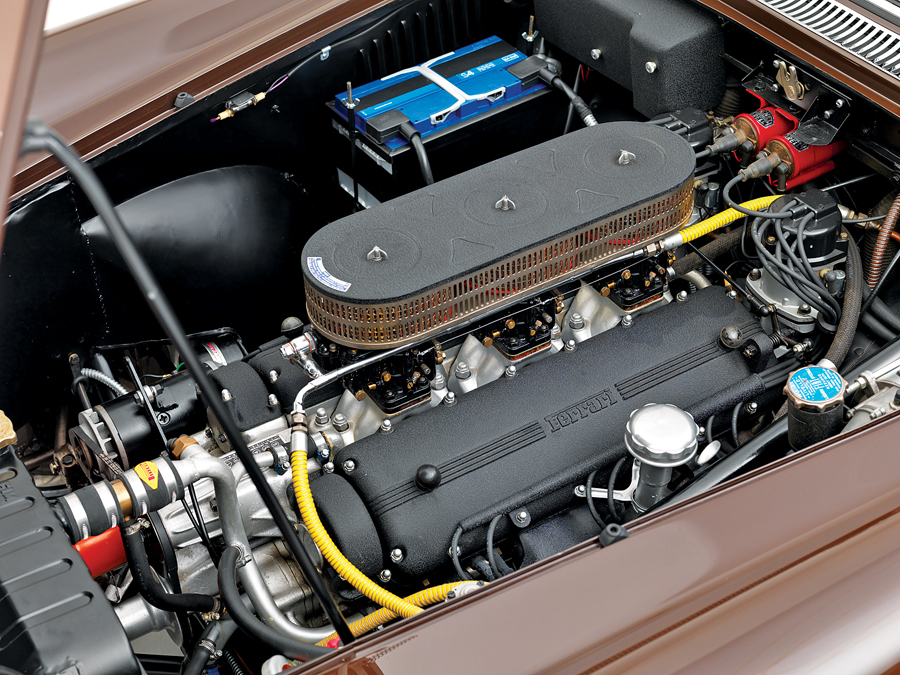- Matching-numbers car (chassis, engine, gearbox, rear axle)
- Cognolato restored the car in the mid-2000s, and the engine was done by Corrado Patella
- Winner of the Prix d’Élégance at the 2014 Zoute Concours d’Élégance
SCM Analysis
Detailing
| Vehicle: | 1960 Ferrari 250 GT Pinin Farina Coupe |
| Years Produced: | 1958–60 |
| Number Produced: | 353 |
| Original List Price: | $12,600 |
| SCM Valuation: | $643,000 |
| Distributor Caps: | $450 each |
| Chassis Number Location: | Front frame tube |
| Engine Number Location: | Right rear engine mount |
| Club Info: | Ferrari Club of America, Box 2488, Fort Lauderdale, FL 33303 |
| Website: | http://www.ferrariclubofamerica.org |
| Alternatives: | 1965–69 Aston Martin DB6 coupe, 1955–58 Bentley SI Continental, 1959–61 Jaguar XK 150 3.4, 1956–59 Porsche 356A Carrera GT coupe |
| Investment Grade: | B |
This car, Lot 22, sold for $1,137,943, including buyer’s premium, at Bonhams’ Zoute auction in Knokke-Heist, BEL, on October 5, 2018.
In the October 1960 issue of Wheels magazine, Peter Hall wonders, “But where, where on any road, any country of the world is a true competitor of the sheer simple beauty of Ferrari and the concept of its maker?” He continued, “Without care for cost, with a supreme indifference to the whims of petty people like his millionaire customers, Enzo Ferrari simply builds the very best sports cars that the great skill of his organization and his unmatched experience can produce.”
Before there were Paganis, McLarens, Lamborghinis or the reconstituted Bugattis, Ferrari was the undisputed king of the performance world. Maserati provided some competition, and Mercedes or Aston could nip at their heels, but Ferrari set the bar for race cars and GT cars.
In 1960, Ferrari had the 250 Testa Rossa, Dino 246 S and the 250 SWB defending their honor in the sports-car racing championship. In 1961, Phil Hill would win both the Formula One Driver’s and Constructor’s championships. The 250 Tour de France had recently been retired and the 250 GTO was just two years away.
In the showrooms, the 250 Boano had recently been replaced with the 250 GT Pinin Farina series for the luxury buyer, with the 250 SWB and the 250 California filling the needs of the sporting client.
To avoid confusion, note that Pininfarina was known as Pinin Farina until 1961.
The 250 GTE was the 2+2 offering, and the 400 Superamerica coupe and cabriolet were available for Ferrari’s top clients.
These cars were built without compromise to the desires of Enzo Ferrari. He handpicked who got his race cars, and if he felt you were not up to the task of defending his honor, you didn’t get a car. The GT cars were built to his likes, and he liked performance over glitz. You were expected to like the car the way it was built — for Enzo knew what was best.
Time has shown him to be right, as the Ferraris built in this era are some of the most sought-after and valuable cars on the planet.
The 250 GT Pinin Farina coupe
The 250 Pinin Farina coupe offered its owner acceleration and top speed that neared the levels of Ferrari’s race cars — but in a more luxurious Grand Touring setting. The car offered comfortable seating, leather covering on the upper and lower dash and a leather-covered center tunnel, and the finest carpeting.
I recently had an opportunity to ferry a 250 Pinin Farina from our showroom to a local shop. I’m sure it’s been over two decades since I’ve driven one, and I was surprised how well the car drove. The last time I drove one, my comparison was to Ferrari’s modern offerings, and against them it didn’t stand up well.
This time I judged it for what it was in the period, and it exceeded my expectations.
Ferrari first and foremost is an engine, and the 250 engine is flawless. The engine purrs at idle and accelerates smoothly and without hesitation or stumble. There is plenty of torque to get off the line as it builds smoothly as the revs increase. By today’s standards, the power is a little anemic, but in the day it was outstanding.
Taking off the line is effortless, as the clutch catches strong and even. The pedal pressure is low enough to be unnoticed. The shifter is positioned directly above the gearbox, so the shift is smooth and direct.
It’s not hard to beat the synchro, so I found myself double-clutching for the first time in years, which added a touch of nostalgia and participation missing from modern cars.
The 250 GT Pinin Farina cars have a relatively long wheelbase. Matched with the Ferrari suspension, the car was quite comfortable on the road — but a little less desirable in the corners. A bit more brakes would be nice, but they are adequate considering the era.
The steering wheel seems immense by today’s standards. The size makes the manual steering quite manageable, but it also impedes visibility. A short driver has to look through the wheel rather than over it. As this is the worst feature of the car, I can easily give it a pass.
Always in flux
The 250 Pinin Farina coupes and cabriolets were built in the infancy of Ferrari series production. The cars were a work in progress and evolved significantly during their production.
The early Pinin Farina coupes were fitted with an inside-plug engine — the spark plugs were on the carburetor side on this version of the 250 engine. The later cars featured the improved outside plug — spark plugs on the outside of the head. Early cars had a 4-speed transmission, drum brakes and lever shock absorbers. At about chassis number 1500, the cars were upgraded to disc brakes, tube shocks and an overdrive transmission. Chassis number 1500 equates to about the 750th Ferrari built, which shows how early the PF coupes were in Ferrari history.
Bonhams’ car was a late car with all the final updates. It had a good history and had been restored at some of the top Italian Ferrari specialists. Ferrari certified the car with one of their Classiche Red Books. The chestnut-with-beige color combination couldn’t be more elegant. There was nothing short of a pope’s blessing that could make it a more desirable 250 GT Pinin Farina coupe.
Hot bidding
The bidders enthusiastically responded to the car, pushing the price to well over the estimate and to a currency-adjusted record level.
Assuming the seller was the long-term owner, he or she had done everything possible to achieve maximum value and was properly rewarded. The buyer got a top late-series example in ready-to-go condition. The buyer paid dearly for this fine car — but had to be pleased with the purchase. The seller came out on top, but the buyer should have no regrets. ♦
(Introductory description courtesy of Bonhams.)
